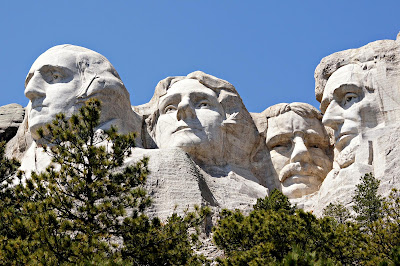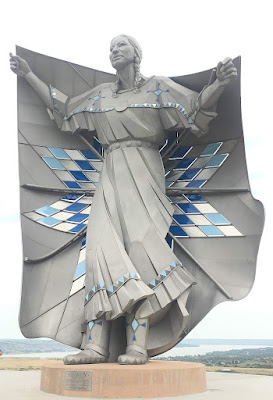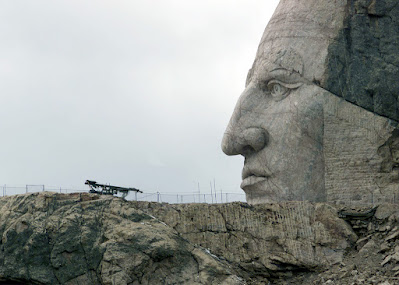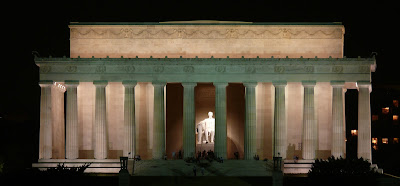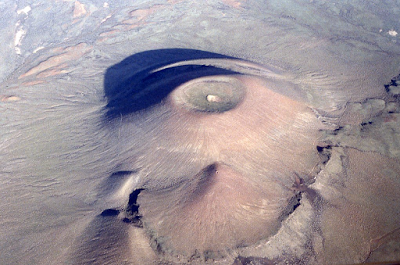Norman Rockwell (1894-1978) is one of those lucky and driven individuals who always knew he wanted to be an artist. Beginning at a young age, Rockwell studied in New York City at the New York School of Art, the National Academy of Design, and the Art Students League. At the Art Students League Rockwell joined the likes of Georgia O'Keeffe, Thomas Hart Benton, Jackson Pollock, Cy Twombly, Helen Frankenthaler, Lee Bontecou, Robert Rauschenberg, Al Held, and Roy Lichtenstein who also attended this esteemed New York City art institution.
In 1913, 19-year-old, Norman Rockwell was hired to be the art director for Boys’ Life magazine, where he began his career in painting magazine covers. Rockwell created magazine covers for the Saturday Evening Post, The Country Gentleman, Leslie’s Weekly, Life Magazine, and Look.
Rockwell moved from New York to a small town in Vermont and later in 1953 to Stockbridge, Massachusetts another small, quaint New England town. (Population in 2020 was 2,018) There is no doubt that small-town life influenced his artwork significantly.Norman Rockwell’s body of work reveals a prolific artist who created over 4,000 original artworks. Art schools are notoriously snobby about the work of Norman Rockwell which for some art critics has been judged as being too sappy and sentimental. Perhaps it is another stroke against Rockwell’s artistic reputation that his artwork has been reproduced commercially onto tea towels, key chains, postcards, and plates ad infinitum. It is interesting to note that in 1999 the New Yorker art critic Peter Schjeldahl wrote in ArtNews, “Rockwell is terrific. It’s become too tedious to pretend he isn’t.” I feel like I finally have permission to appreciate Norman Rockwell.
Rockwell As Social Commentarian
A case in point is the iconic painting Freedom From Want which shows an American family at the Thanksgiving table. Everyone smiles as the grandmotherly figure sets the giant roast turkey onto a fresh white tablecloth. In the lower right, a pair of warm male eyes gaze back into the viewers making it feel like a snapshot of this special holiday moment. Most people refer to this well-known work of art as The Thanksgiving Picture. This important series of paintings was inspired by a speech given by Franklin Delano Roosevelt on January 6, 1941, referred to as the Four Freedoms speech. Rockwell went on to create paintings that represent Freedom of Speech, Freedom of Religion, and Freedom From Fear.
The Painting Style of Rockwell
Perhaps another strike against the art of Norman Rockwell is that it is somewhat outdated. He is an illustrator who earned his bread and butter in the now-defunct art of magazine cover illustration, a task that has been taken over by photography. (Unless you are The New Yorker, of course.) As an illustrator, the style of Rockwell's artwork might be dubbed painterly realism. We can see the brushstrokes in his paintings yet they are also quite realistic and have a photo-realism quality. While there are few Norman Rockwell illustrator imitators today, it is a testament to his skill and classical painting background that his style and ability to illustrate are hard to duplicate. Rockwell’s artwork is unique, expert, and difficult to copy.Boy With Baby Carriage, 1917
In this classic Norman Rockwell painting, a well-dressed young man is furiously pushing a fancy old-fashioned baby carriage while two young men of the same age pass him and make faces at him. I love the touches of red in this painting-- the baby's shoe, the boys' shirts, and the carriage pushers carnation. Are the boys related? Are they on the same baseball team? Are they total strangers? The story in my head goes something like this. The boys are on the same baseball team and the ones in uniform just came from a winning game. The carriage pusher is also on the baseball team but is unable to join because he has to take care of his baby sister-- the pink trim on the clothing and the baby bottle in the breast pocket are the two big visual clues here.Maybe it's more of a class war? The well-dressed young man pushing the baby carriage seems as if he could be from a very upper-crust family while the two baseball boys are posturing in sarcastic politeness as if to emphasize that they were able to play while the posh boy had to work. Rockwell doesn't help us out with the title, Boy With Baby Carriage, so the viewer will have to have some leeway as to how they envision the meaning of the painting.
Where to Find Rockwell's Artwork
Finally, if an artist is to be judged by how influential he is, Norman Rockwell is one of the greats. Filmmakers are devotees of Rockwell’s lighting and composition as is evidenced in the references made in such films as Empire of the Sun, Forrest Gump, The Polar Express, and American Gangster. It is time to celebrate the important artwork of Norman Rockwell not only as one of the most popular American artists and illustrators of the twentieth century but also as one of the most influential.
Read more about Norman Rockwell and his 4-painting series of Freedoms, beginning with one of the artist's most famous works, Freedom From Want.







.jpg)



